Sustainable Agriculture
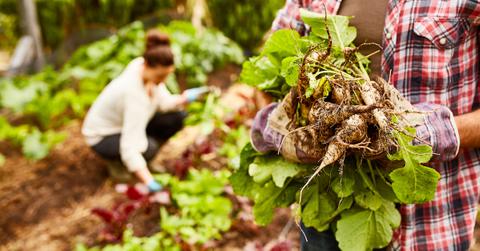
You might think that all methods of farming are good for the environment. In fact, that’s not the case — not all methods of farming are sustainable. Sustainable agriculture refers to farming practices that understand and are conscious of the effects farming has on an ecosystem. After all, organisms are directly impacted by what happens to their environment. And vice versa.
In order for agriculture to be sustainable, it must have the goal of sustaining communities, farmers, and resources. To achieve this goal, sustainable agriculture usually uses methods that minimize ecological impact and are also profitable—tenets known as ecologically sound, economically viable, and socially supportive.
The first rule of sustainable agriculture is that in order to be sustainable, it also has to be profitable. Secondly, sustainable agriculture must not sacrifice the quality of life for farmers, the families of farmers, and farm communities as a whole. And thirdly, sustainable agriculture must take into consideration the sustainability of each of its practices, making sure to preserve the resources used. Because without the resources, we won’t have the practices.
Soil
When we farm, we are changing the soil composition. And not for the better. Believe it or not, farming actually decreases the quality of the soil. Growing and harvesting crops inherently removes some of the nutrients which naturally occur in the soil. This can lead to nutrient depletion in the soil, which can cause a lot of agricultural issues.
Nutrient depletion can cause soil to become unfit for farming. It might cause the soil to be either completely unusable or farmers to see a significant reduction in yields.
Another issue that can occur in soil — à la agriculture that is not sustainable — is erosion. What’s worse, if erosion continues to happen at the current rate, experts theorize crop yields will be cut in half within the next 30 to 50 years. Erosion occurs from the improper management of soil, making sustainable agriculture all the more important. What’s worse, there’s also a connection between increased erosion and increased mudslides. More erosion means that when it rains, the soil can absorb less water. That makes for more runoff, which picks up speed as more runoff is added to the mix. As it picks up speed, it becomes a mudslide, an avoidable natural disaster that can devastate local areas and even injure people and animals.
Remember how farming strips the soil of its nutrients? As soil is stripped it can sequester the carbon from the atmosphere, taking it in and storing it elsewhere. But the soil needs carbon to thrive. Farming can have more negative impacts, too — these can include impaired soil structure, reduced growth in crops, and an ecosystem that no longer functions properly. When soil is not treated properly during farming techniques, it can also advance the effects of climate change. As crop yields decrease, farmers turn to fertilizers that then run off into bodies of water, causing harm to our water sources. When fertilizer enters our water, it pollutes them and causes harmful algae blooms (HABs).
HABs produce potent neurotoxins that transfer through the food web, killing each animal and plant that feeds on the next. They cause disease in fish, humans, and other marine organisms and can even lead to anoxia, aka oxygen depletion. This resulting phenomenon can become so bad, portions of the ocean become inhabitable for any organisms at all.
Farmers also turn to pesticides like glyphosate to try and increase crop yields, but exposure to this herbicide has been linked to illnesses such as cancer and non-Hodgkin's lymphoma.
So, what can sustainable agriculture do to make sure that we take care of our soil? No-till farming is crucial to ensuring soil is taken care of properly. Tilling is the agricultural preparation of soil by mechanical means. This could include any type of human-powered machine like a shovel, hoe, or rake, or any animal-powered or mechanized work that digs, stirs, or overturns the soil, prepping it for agriculture. Tilling is a big problem; it causes erosion to happen more quickly. No-till farming is one of the key components of using sustainable agriculture to maintain our soil.
Tilling is just one bad practice of many. Irrigation that lacks proper drainage is another bad agricultural practice to avoid as it also contributes to long-term damage of the soil, called salinization.
Salinization—also known as soil salinity—refers to the salt content in the soil. When the salt content of soil rises, it can kill off certain crops and plants and also cause erosion.
Water
Water is another key factor in sustainable agriculture because water is so important to growth. Without adequate rainfall or irrigation, sustainable agriculture would not be successful. Eating out of season and shipping produce further away also exacerbates the issue; when we don’t eat seasonally (or locally for that matter), it takes water from one farm and ships the water or crop to a different region. More resources are needed (including water) to grow strawberries in winter when technically, they are not supposed to be growing in winter because it’s not their season.
Irrigation can have many problems if it is not done sustainably. One such negative impact of improper irrigation is the aforementioned salinization, in which the salt content increases. Problems also arise when more water is taken from a source than what is naturally replenishable.
In short, sustainable agriculture is not taking more than what can be replenished.
When irrigation is unsustainable or more water is taken than can be replenished, that source becomes a non-renewable resource. At the current rate we are drawing water from our underground aquifers, we have rendered an infinite resource essentially finite. Aquifers take thousands of years to recharge and replenish, which means this replenishing won’t happen in our lifetime. It won’t happen in our children's lifetimes either.
In order to use water more sustainably, we can improve water conservation and methods of storage, provide incentives for species of drought-tolerant crops, use reduced-volume irrigation systems, and manage crops to reduce water loss.
Eating locally and seasonally is another great way to use water more sustainably. By eating food that is locally grown and in season, you are supporting the local economy and are eating food that likely has a higher nutrient count. All in all, local foods are fresher (because they haven’t been shipped around the world, frozen in packaging) and they have less of an environmental impact.
Land
How agriculture treats the land used for farming is a key indicator of whether or not agriculture is sustainable. Sustainable agriculture seeks to consider the impacts of land use, anticipating these impacts, and if possible, avoiding them. Improper farming practices can result in land degradation — the process in which the value of the environment is affected by human-induced processes. Degradation can constitute any disturbance in how the land was prior, making it barren, unusable, or undesirable.
Sustainable agriculture takes into consideration that land is finite. We cannot make more land, so we have to be extremely conscious about how we use it and how our using it affects it. If we want to preserve our land, soil erosion and degradation must be avoided at all costs. As humans continue to build, however, the land continues to be affected. Urban development negatively impacts the land and contributes to loss of biodiversity. Again, it also contributes to soil erosion. This is where urban planning comes into play. Urban planning is a political process that focuses on sustainable ways to use land for the sake of development. It takes into consideration the air, water, and infrastructure touching urban areas, which can include transportation and the physical layout of cities.
It’s also important to note that most viable agricultural land isn’t used for sustainable agriculture at all. It’s used to grow feed crops for animals or to grow biofuel crops, but very little of it actually goes toward human consumption. Vertical farming is a possible alternative to this, as vertical farming relies on hydroponics (which is "placing seeds in a solution of minerals dissolved in water," according to The Culture-ist). This type of farming is grown in a greenhouse and is stacked so that plants can grow up rather than out.
Phosphate
Plants need certain nutrients present in their soil in order to grow properly and prosper. The number one nutrient that plans require is nitrogen; phosphate is next in line as it helps with photosynthesis, energy transfer, respiration, and so much more. Phosphate is crucial to improving the quality of soil and increasing crop yields, which is why it’s necessary for sustainable agriculture.
Phosphate is also key in combating diseases in plants and crops, aiding the growth of roots, and helping seeds form properly.
Since we need phosphate, we need a solution to the depletion of it. Composting is one way we can do that; if we compost human and animal waste, it creates PSMs or phosphate-solubilizing microorganisms, which help phosphate last longer and do its job better. These PSMs get added to the soil and help plants grow, resulting in increased growth and crop yields. Other solutions that add phosphate back in include phosphate-fixing plants like comfrey and dock, or adding bones to the soil. Guano — the excrement of birds and bats — is also great for replenishing phosphate.
Energy
It would be impossible to consider the sustainability of agriculture without taking energy into consideration. Energy is used in everything, from storage to transportation to food processing. As fossil fuel resources become fewer and fewer, the higher energy prices increase and food prices increase, too.
Energy efficiency directly affects food insecurity, which is the "limited or uncertain availability of nutritionally adequate and safe foods or limited or uncertain ability to acquire acceptable foods in socially acceptable ways," according to the Academy of Nutrition and Dietetics. Basically, energy inefficiency translates to higher food prices, especially for fruits and vegetables. The more energy it takes to grow produce, the higher the price point. Food insecurity is a big problem as it’s linked to poor physical and mental health and also an increase in chronic diseases. Without access to proper nutrition, health issues are inevitable.
So, what can we do about the issue of energy when it comes to sustainable agriculture? Solar-powered energy is generally a good tactic and can be used for nearly anything, even water irrigation. Solar-powered energy works so well for sustainable agriculture because it is considered renewable, meaning we cannot take too much solar energy. Some people think horse-drawn tractor equipment is possibly a more sustainable alternative to using machinery for farming as it lessens the carbon footprint of the farming process; though, it does pose ethical issues for the horses.
Energy is arguably one of the most important resources for the progress of sustainable agriculture, which is why sustainable energy practices matter so much. Combined with water issues, energy is one of the most common obstacles that impedes sustainable agriculture.
By fixing these issues with more sustainable alternatives, sustainable agriculture can help set our environment — and our farming processes — back on the right track. It’s most important to never take more than what can automatically replenish itself and to maintain conscious practices that take environmental impact into consideration.
Green Matters consulted Alyssa Mikesh, a fellow at Stony Brook University's ecotoxicology lab for this piece.
Latest Sustainable Agriculture News and Updates

Craving the World's Tastiest Coffee? These 7 Organic Blends Will Have You Hooked
These specialty coffees with complex flavor profiles are made of organically grown, ethically sourced beans. Find your new favorite blend.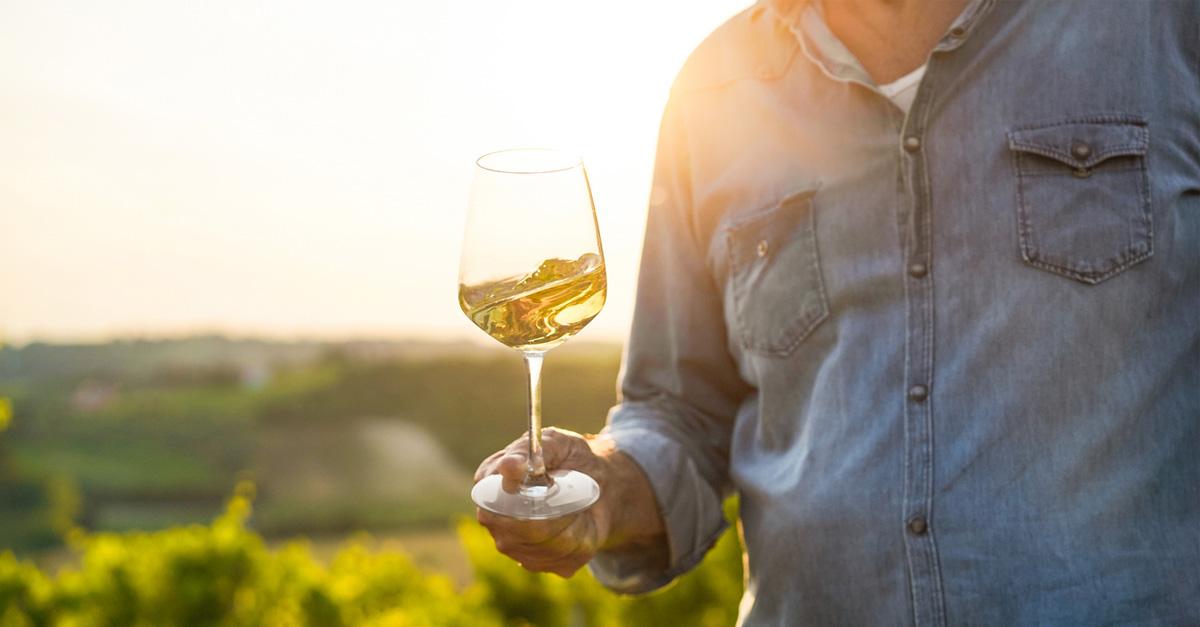
Biodynamic Wine: A More Holistic Approach to Viticulture — Plus, 6 Bottles We Recommend
Biodynamic wine is any type of wine made using biodynamic farming practices, which take a more holistic, sustainable approach.
10 Clever Gardening Gifts For Your Favorite Horticulturist
These gardening gifts include handcrafted garden tools, accessories, clothes, and more, with some made of sustainable materials.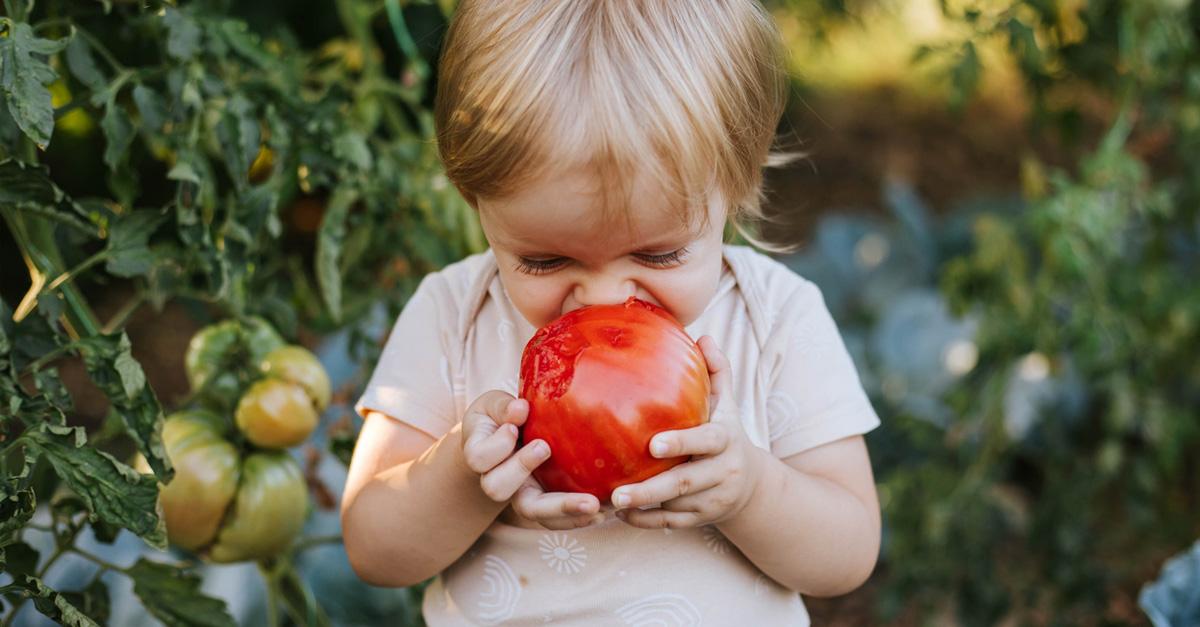
The Best Organic Fertilizers for a Fruitful Garden and the Lushest Lawn
A great organic fertilizer is a crucial factor for getting your garden in gear or reviving a lawn that's become a little lackluster.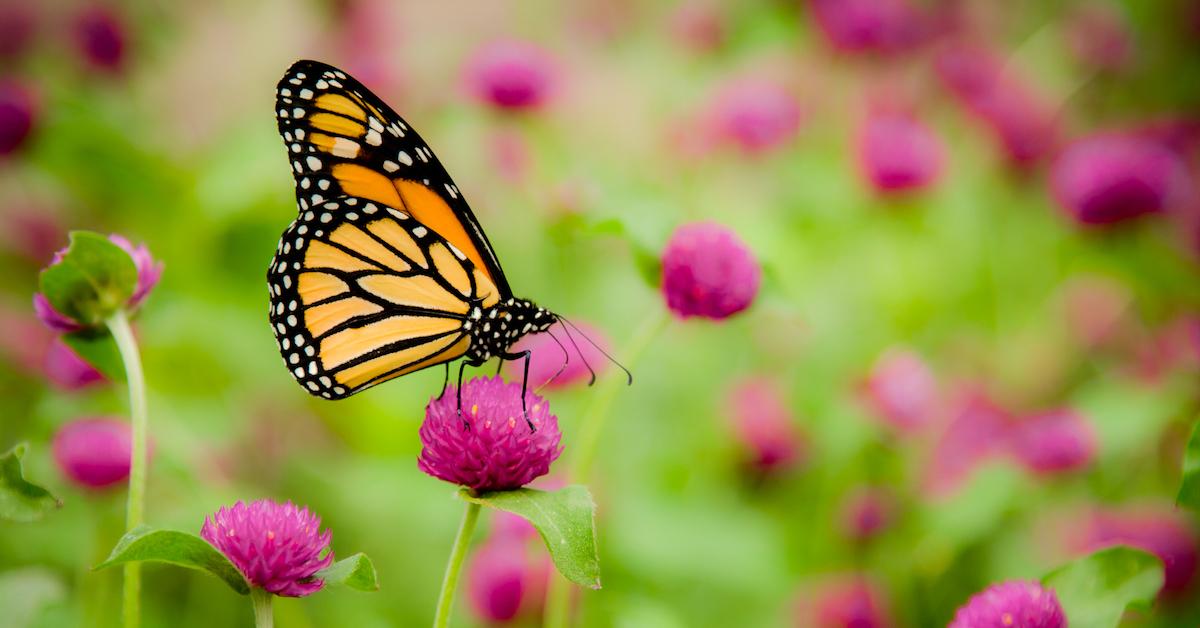
Which Plants Attract Butterflies? Create a Butterfly Garden and Aid Pollinators
Butterflies are attracted to a number of flowers and other plants — here's why it's beneficial to plant them.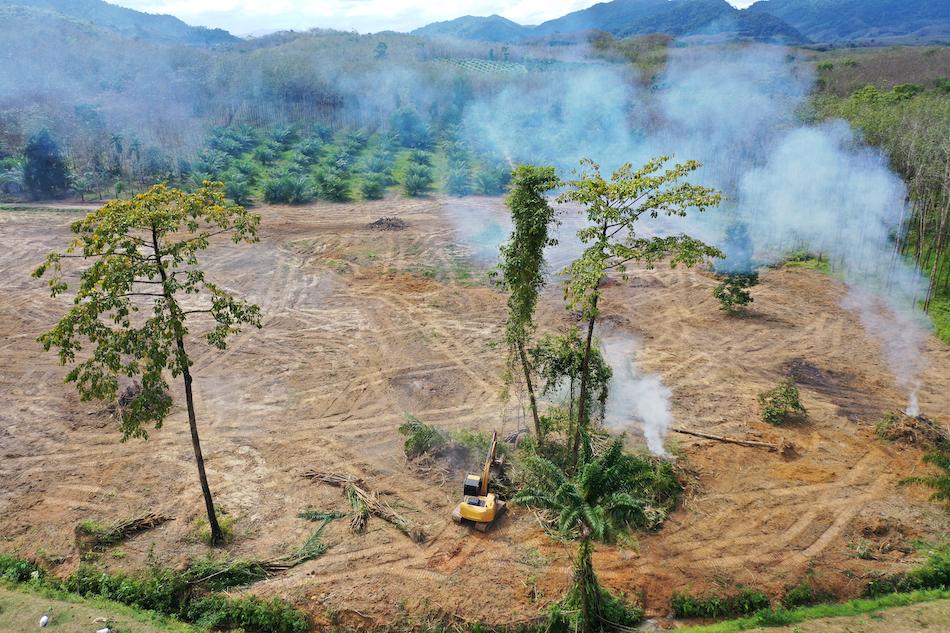
Macauba and Pongamia Oils Could Be More Sustainable Alternatives to Palm Oil
Sustainable palm oil failed, but macauba and pongamia tree oil may offer viable, high-yield alternatives that can recover degraded land.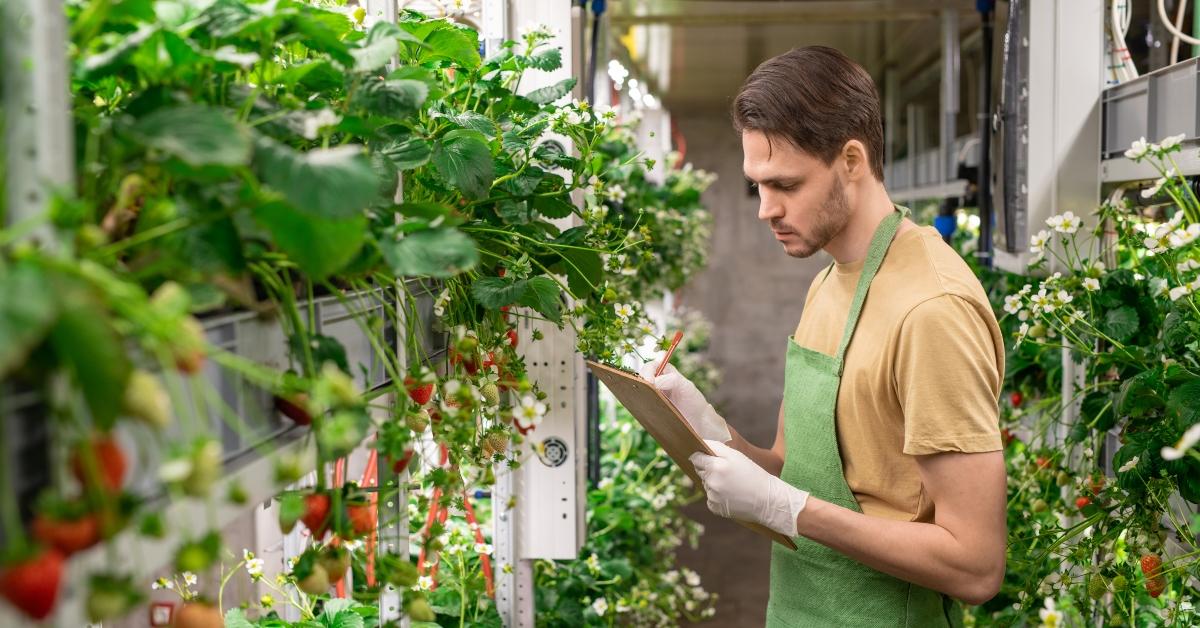
The Achilles' Heel of Vertical Farming: What Threatens This Innovative Farming Practice
Vertical farming has many advantages, but it also have its share of flaws. Here are a few of vertical farming's fatal flaws.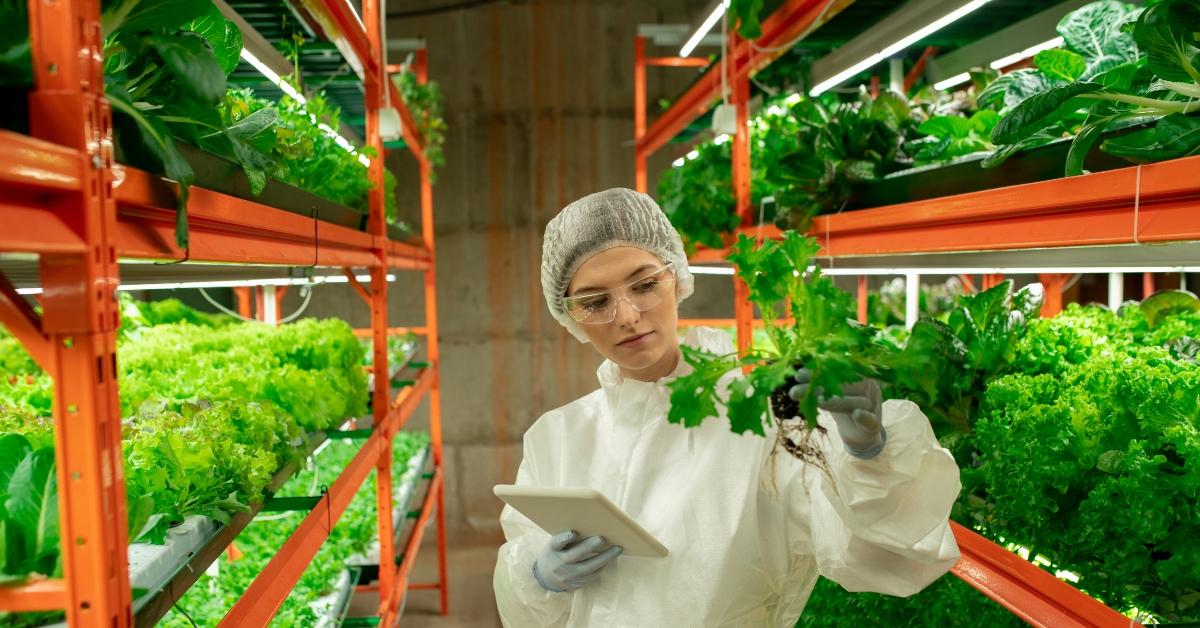
Feeding the Future: The Most Innovative Vertical Farming Companies
Vertical farming is expected to grow in the coming years. Here are six of the top vertical farming companies in the U.S. in 2023.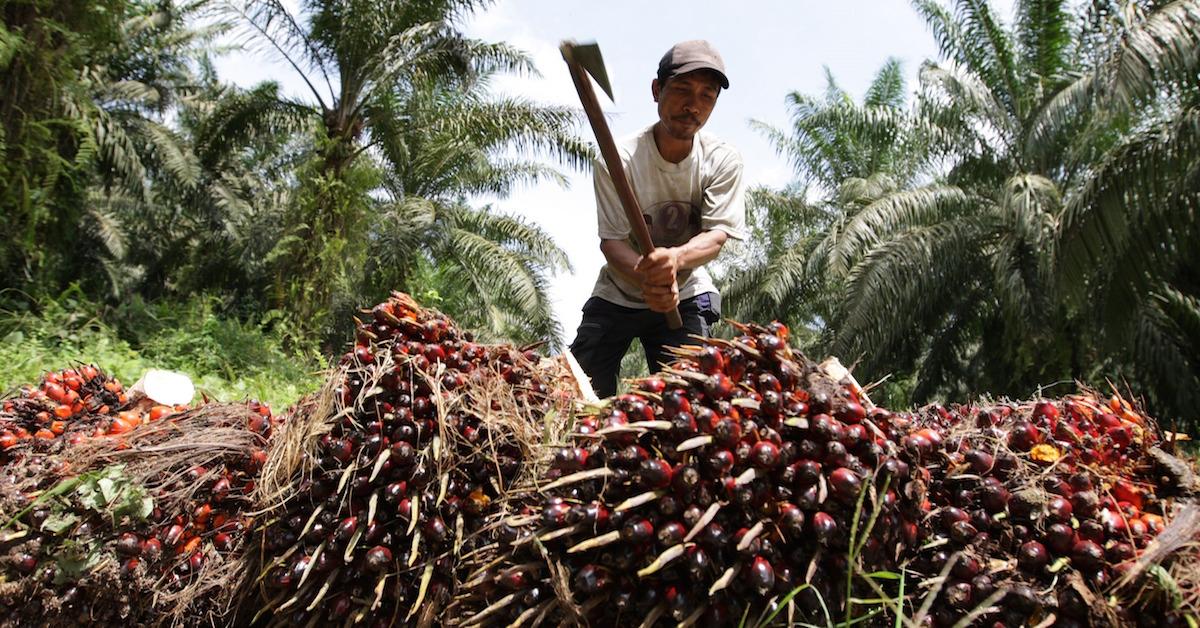
Uncovering the Truth Behind Sustainable Palm Oil
Some environmentalists think that palm oil could one day become sustainable, but is such a thing realistically possible?
How to Start a Hydroponic Garden at Home
Hydroponics are a great option for those who don’t have the outdoor space for a backyard vegetable garden.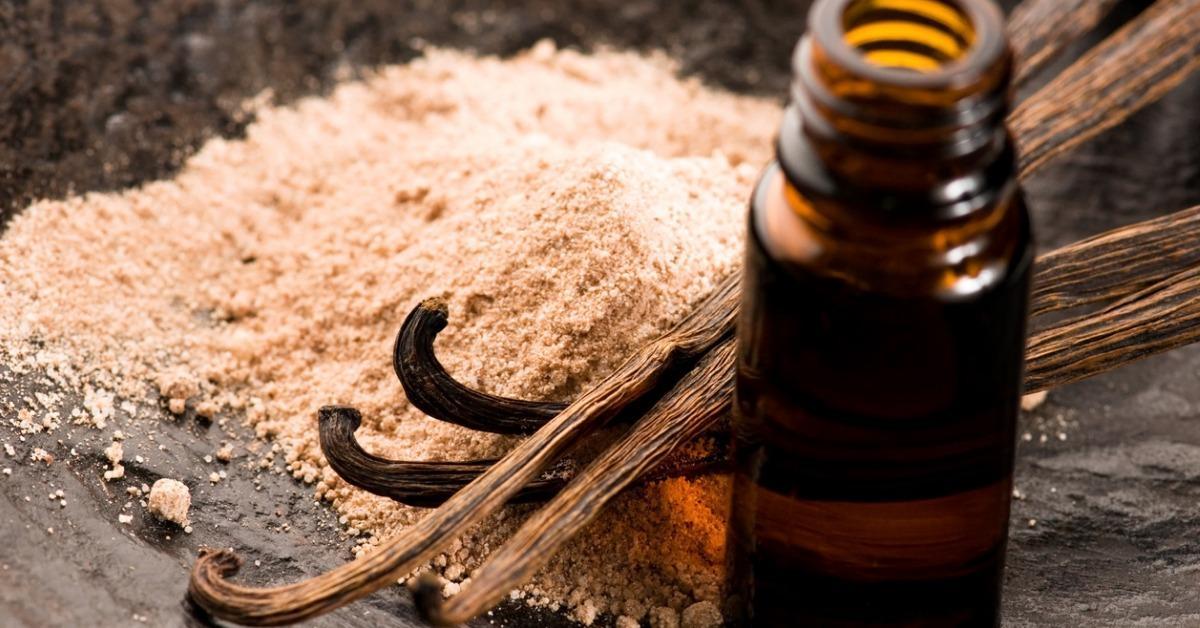
Where Does Vanilla Extract Come From?
Where does vanilla extract come from? And how do you know if you’re getting real vanilla or imitation vanilla when you buy it at the supermarket?
Is Roundup Safe to Use on Vegetables? Here's What You Should Know
Roundup is a glyphosate-based herbicide that is commonly used to kill weeds in gardens nationwide — but is it safe to use in a vegetable garden?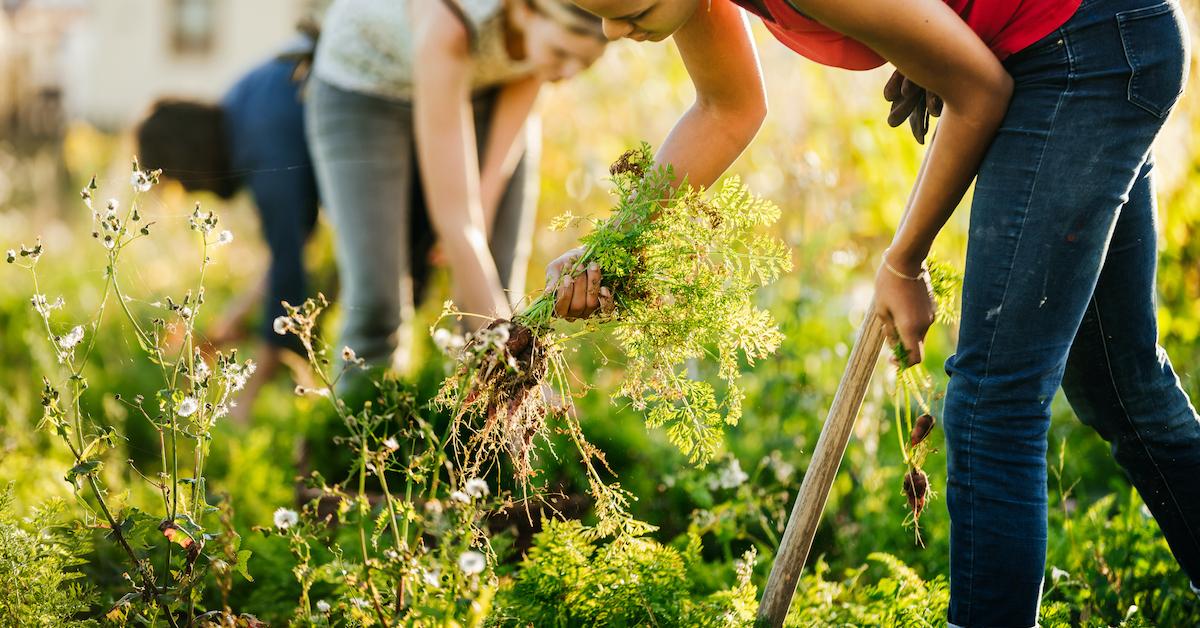
Is Preen Safe for Vegetable Gardens? What to Know Before Using It
Is Preen safe for vegetable gardens? Here's what you should know before using the weed killer and preventer on any type oof food you're growing.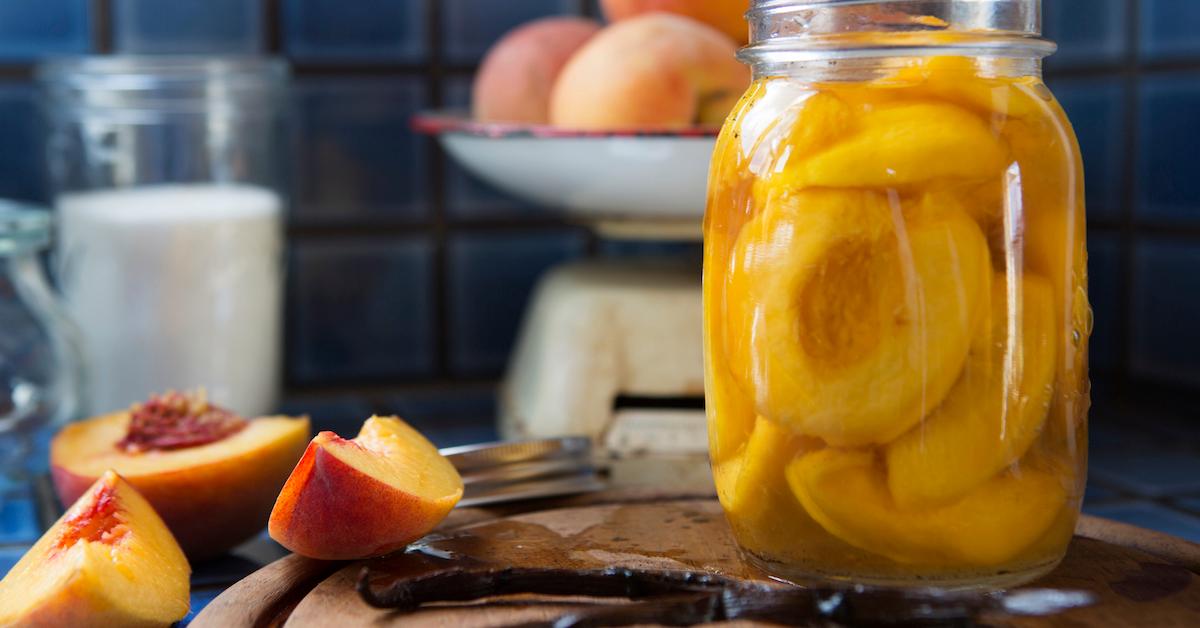
How to Can Peaches: A Step-by-Step Guide
Although peaches are seasonal up North, they're are a year-round staple in some areas. Therefore, learning to can peaches is necessary to learn.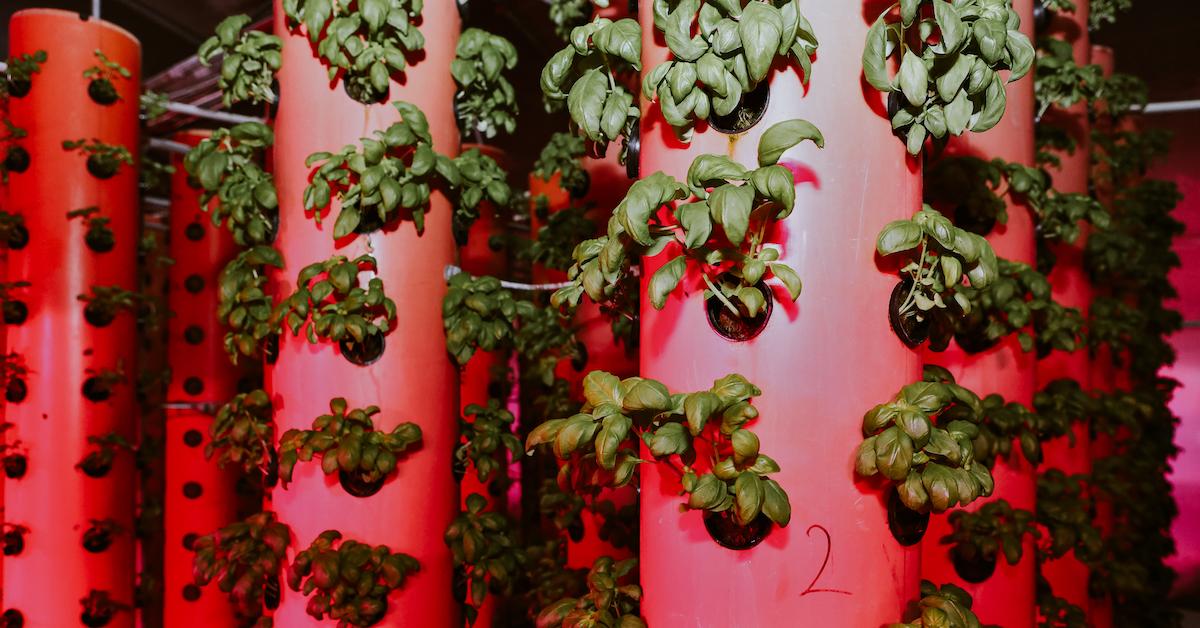
Why Aeroponic Farming Is the Agricultural Wave of the Future
Aeroponic farming represents a new innovation in agriculture, but is it enough to change the game?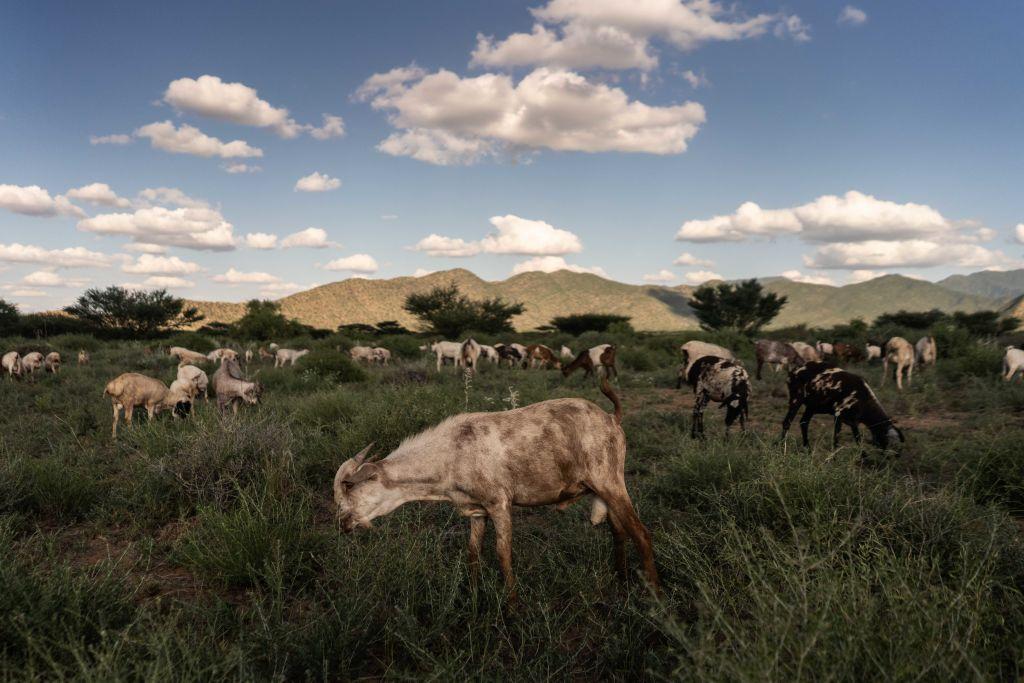
What Is Pastoralism? How This Animal Farming Method Impacts the Environment
You’ve probably heard of raising livestock, but what is pastoralism? Pastoralism is a type of farming that handles livestock, who are used for food and other materials.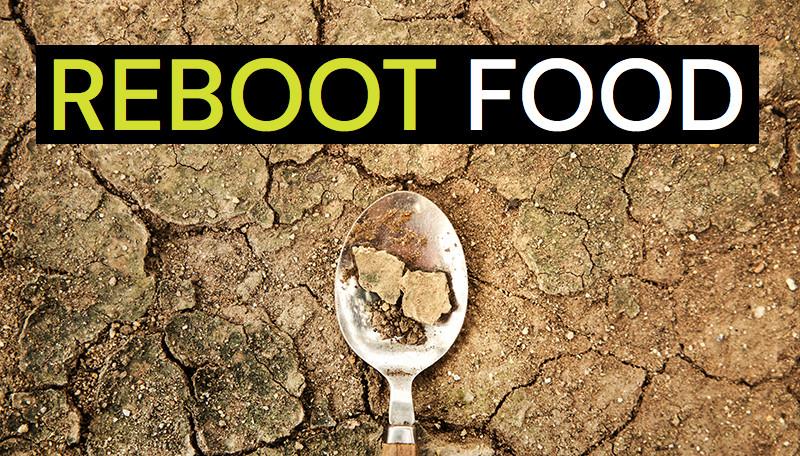
What Is Precision Fermentation? It Could Eliminate the Need For Animal Agriculture
Precision fermentation companies are changing the game. This food technology allows us to make meat without hurting animals or the environment.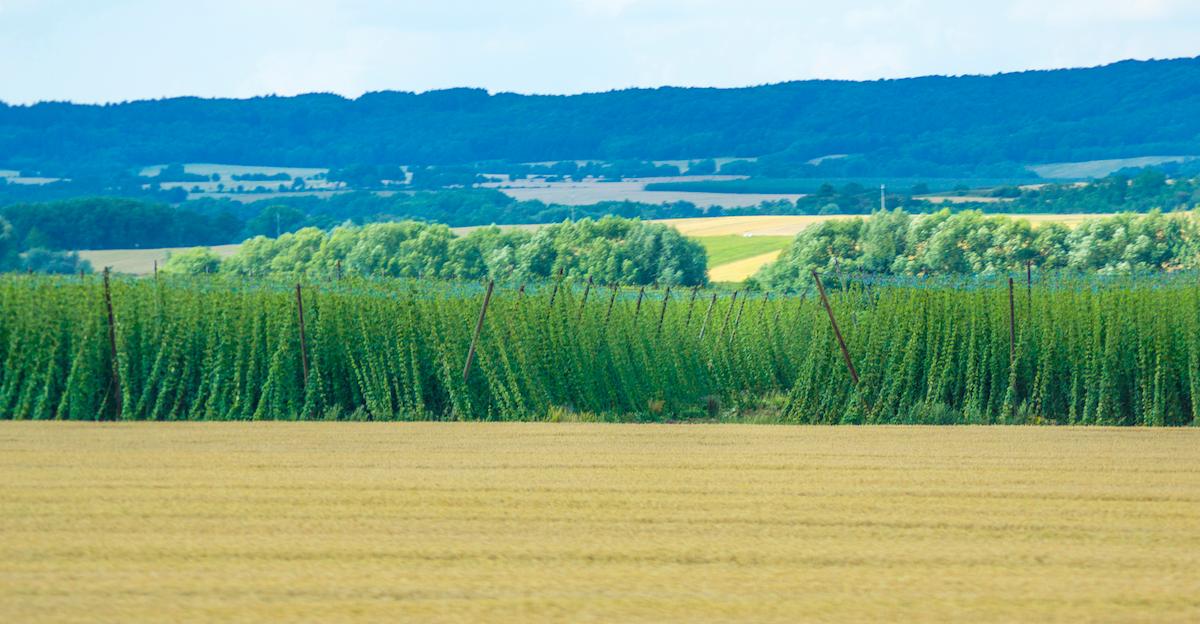
Planting Bioenergy Crops Is Less Sustainable Than Planting Trees, Study Says
What are bioenergy crops? According to a recent study, planting bioenergy crops instead of trees will do less to curb the ongoing climate crisis.
New Doc 'Meat the Future' Chronicles the Lab-Grown Meat Industry's Revolution
The new documentary 'Meat the Future' follows the journey of a growing lab-grown meat company. The film is narrated by Dr. Jane Goodall and features music by Moby.
Guinness Beer Could Soon Be Made With Regeneratively-Grown Barley
Guinness just announced a new regenerative agriculture pilot program that the brand believes will be one of Ireland’s most ambitious agriculture programs in history.How to Make a Sustainable Margarita on National Margarita Day
It’s National Margarita Day! If you’re an eco-conscious fan of margs, you’ll be delighted to know that there are so many easy ways to make an eco-friendly margarita.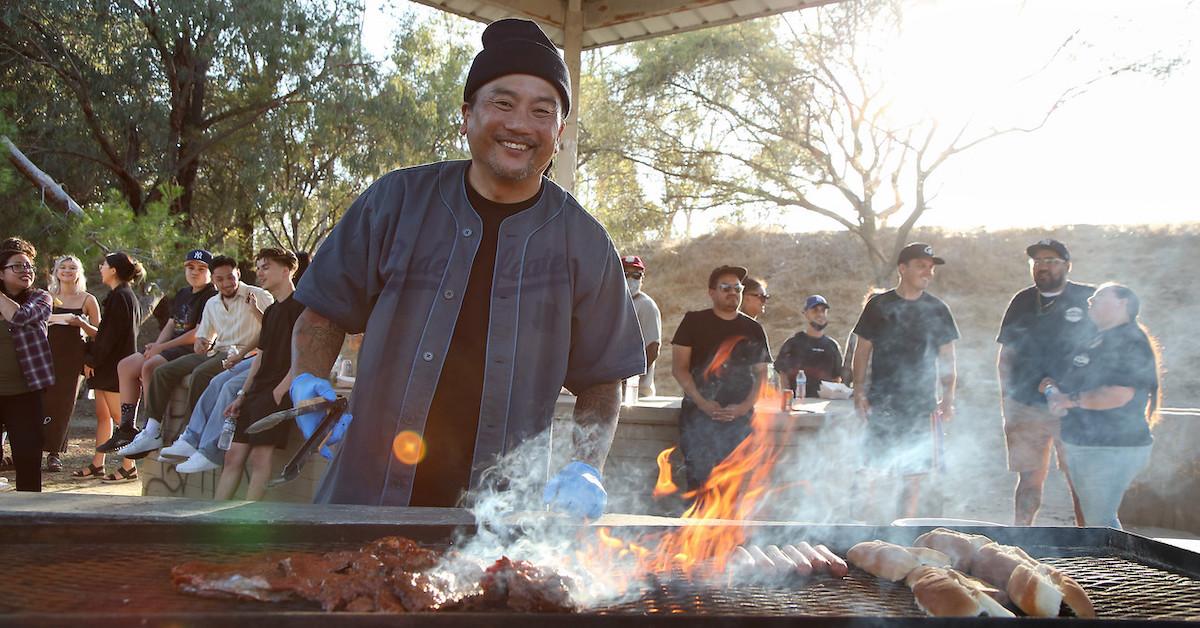
Roy Choi's 'Broken Bread' Explores Food Insecurity and Environmental Justice (Exclusive)
We caught up with famous Los Angeles chef Roy Choi, who told us about exploring topics such as sustainability and food insecurity in 'Broken Bread.'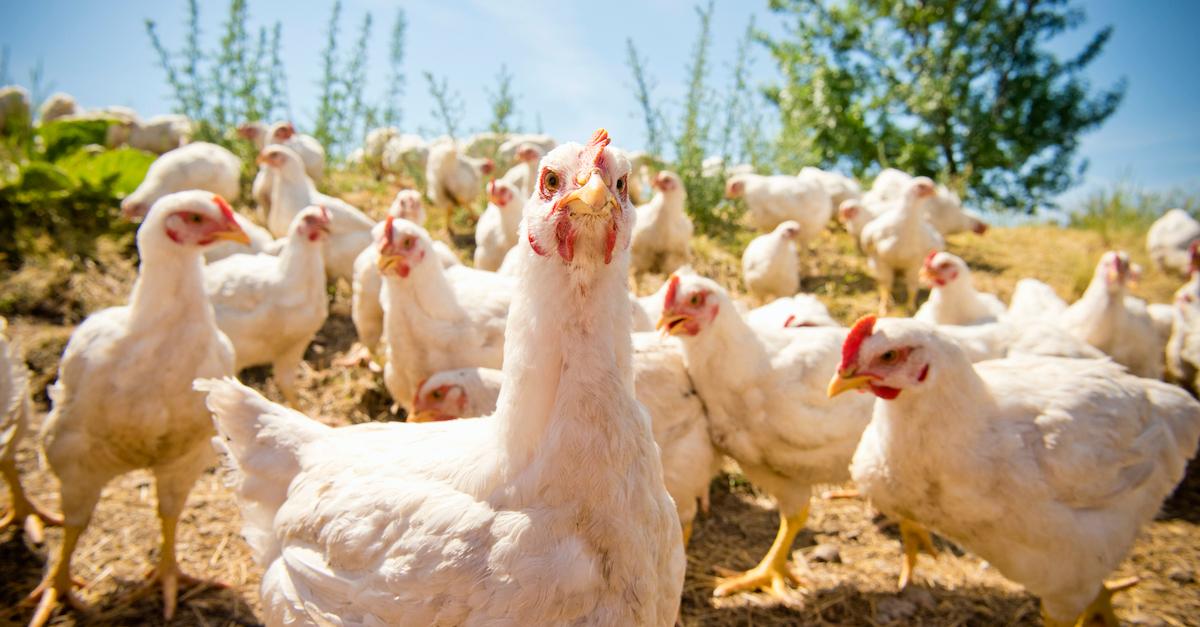
The Bird Flu Resurgence in Northern Israel Could Potentially Lead to Another Pandemic
In 2020, bird flu was confirmed in the U.K. and Europe. Now yet another outbreak has slammed Gailee, infecting thousands of chickens nationwide.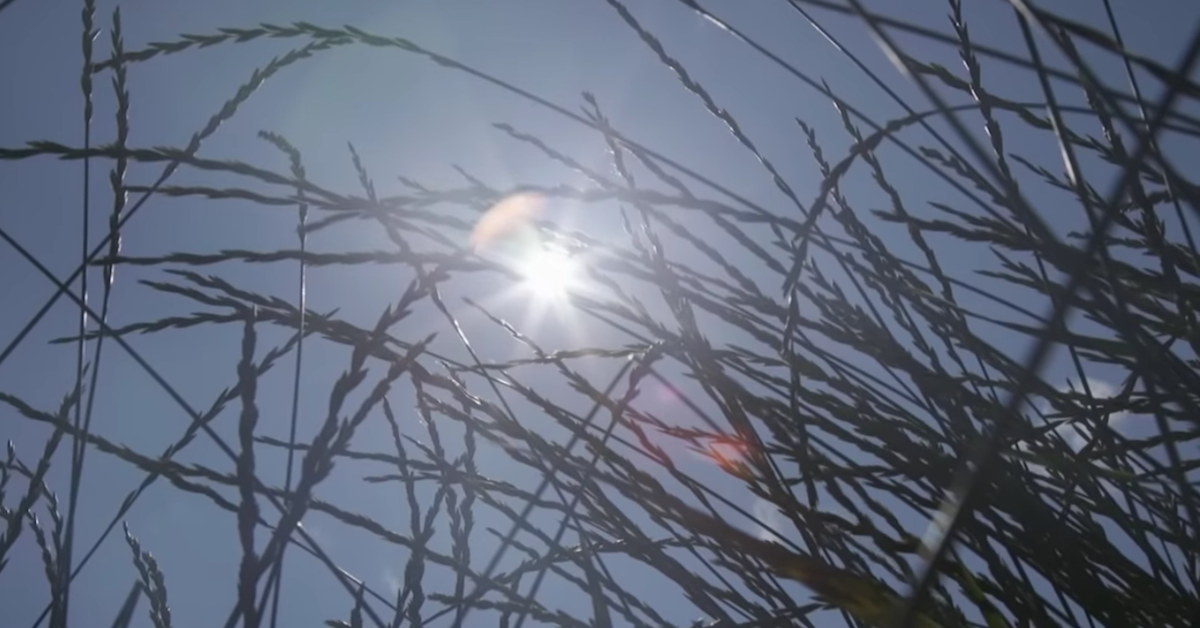
Kernza: The Perennial Grain With the Potential to Change Agriculture Forever
Kernza is a newly-discovered, perennial grain that might just change modern agriculture for the better.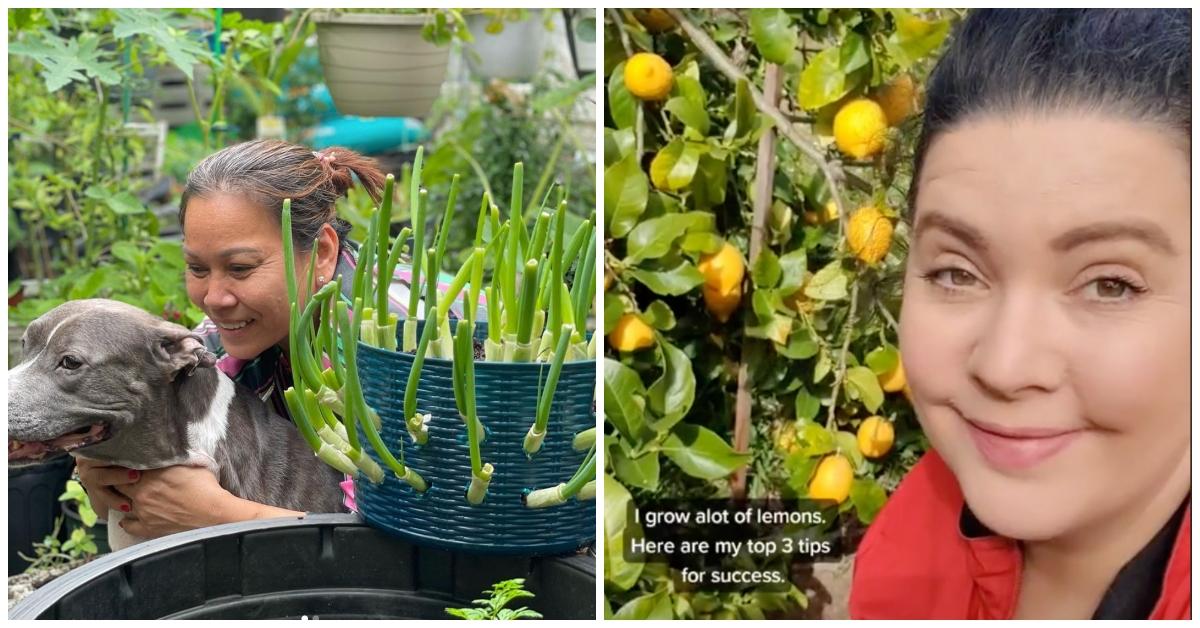
Happy National Farmer's Day — Follow These Incredible Farmers on TikTok!
Oct. 12 is National Farmer's Day, and to honor the agricultural holiday, we're highlighting a few of our favorite farmers from the TikTok community.
Here’s What You Can Do With All Those Gourds, Once Fall Is Over
Are gourds edible? If autumn inspires you to incessantly purchase gourds, you're most likely wondering what to do with them at the end of the season.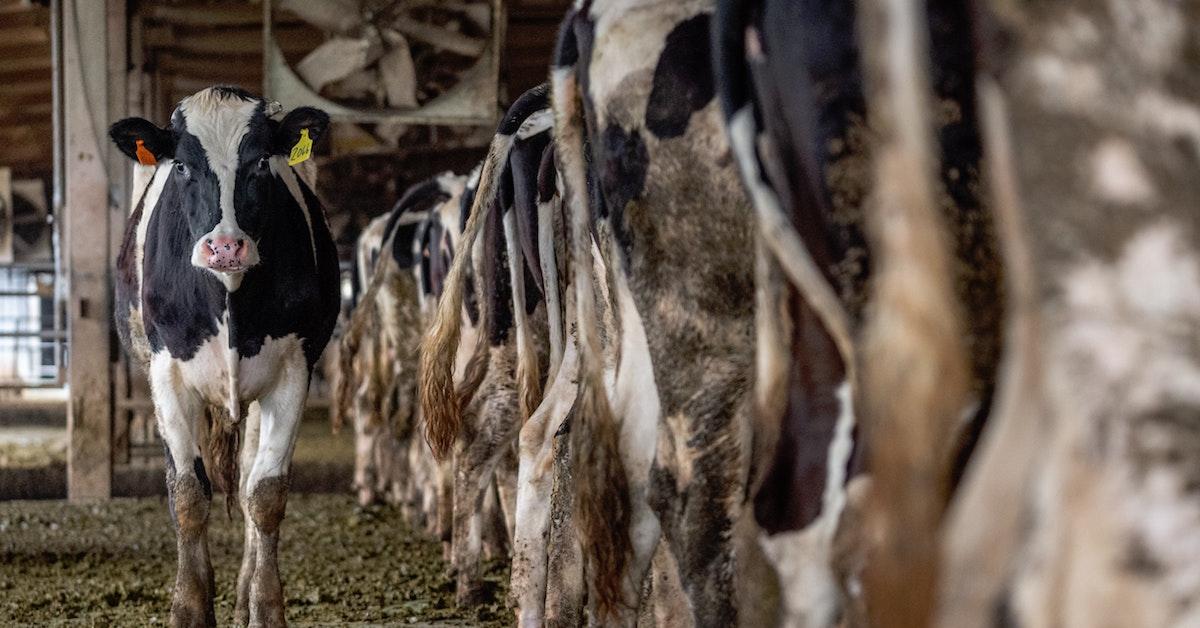
Factory Farming Isn't Just Bad for Animals and the Environment, It's Bad for Us
The world relies heavily on factory farming to feed its ever-growing population, but how does the factory farm industry affect the environment?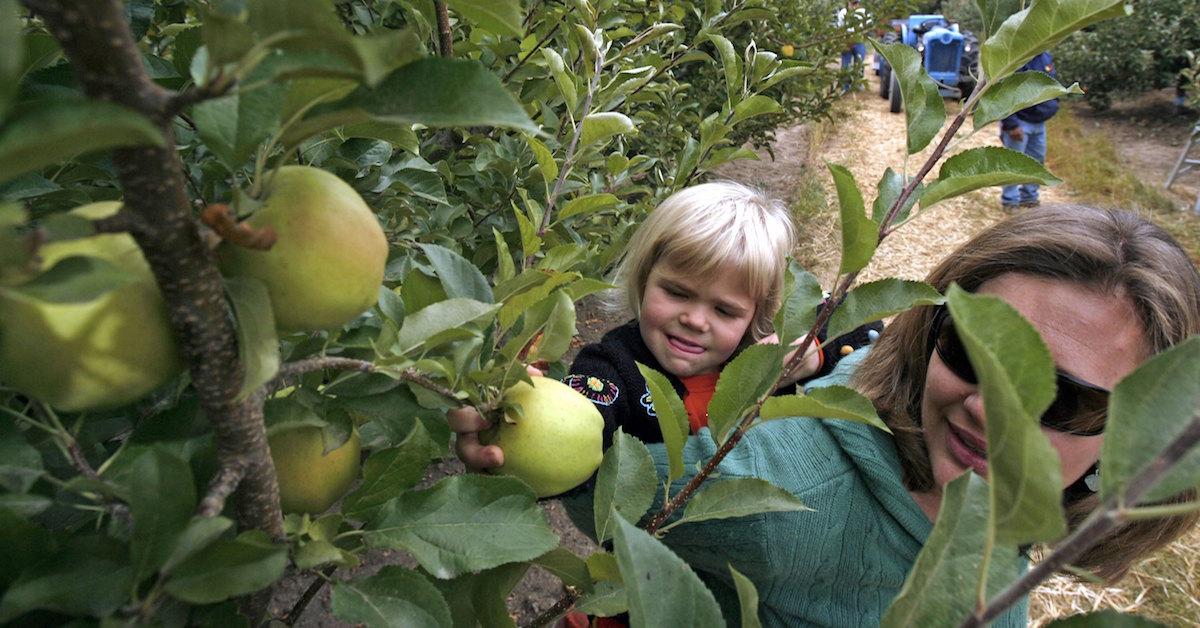
Apple Picking Tips to Help You Ring in the Fall Season
Apple picking season is almost here, and here are some helpful tips to get you started.
Coffee, Cocoa, and Avocados Are Among Many Crops Going Extinct, Due to Climate Change
Global warming is driving several animals and plants to extinction — in fact, a wide range of crops are going extinct due to climate change.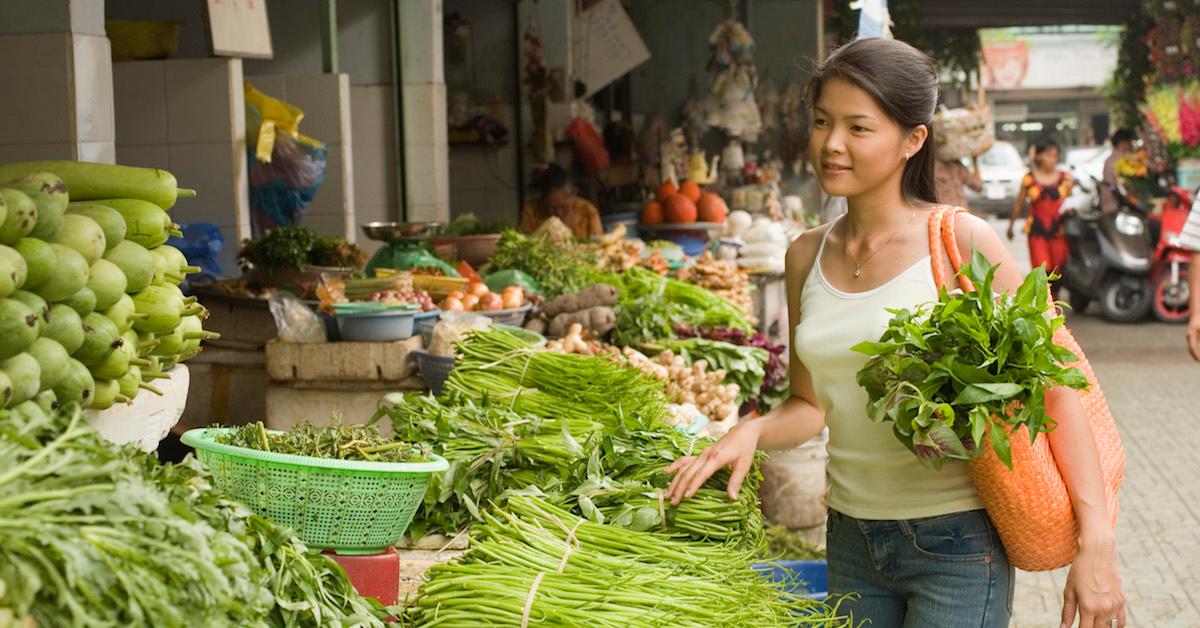
Do Farmers Markets Participate in EBT and SNAP Programs?
Farmers markets are a great way for people to pick up fresh produce, but do they take EBT?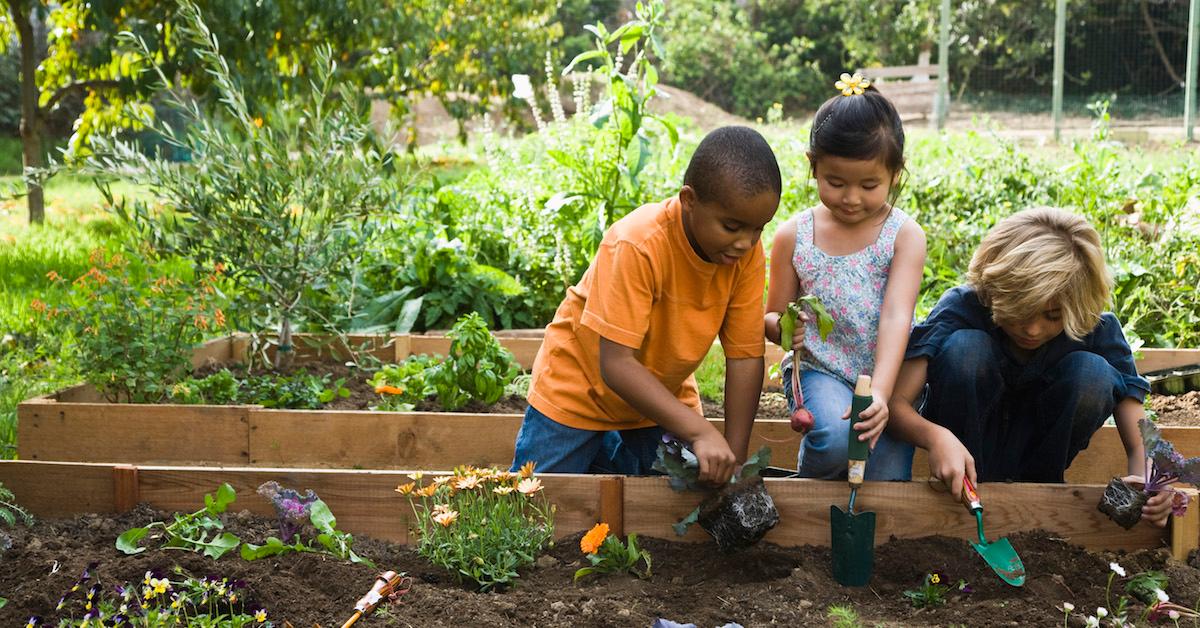
Tips for Joining or Starting a Community Garden in Your Neighborhood
Community gardens are a great way of growing produce and bringing a community together, but how does one join an existing community garden?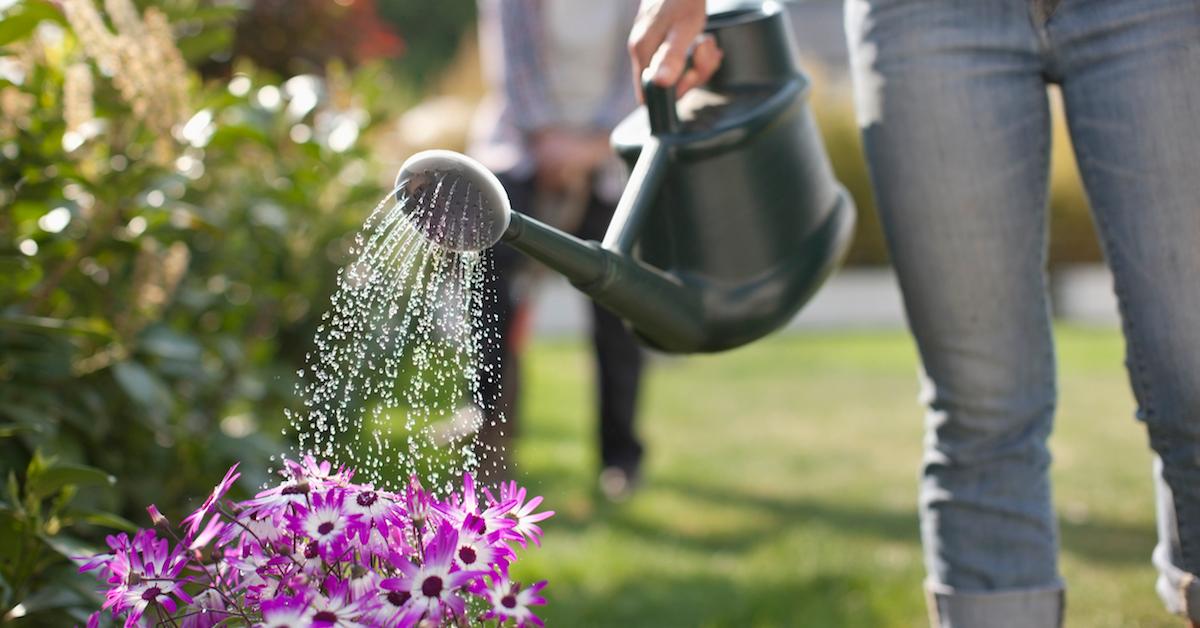
5 Sustainable Garden Ideas to Make Your Home a Little Greener
Practicing sustainability at home isn’t difficult, especially when you integrate these five sustainable gardening ideas into your routine.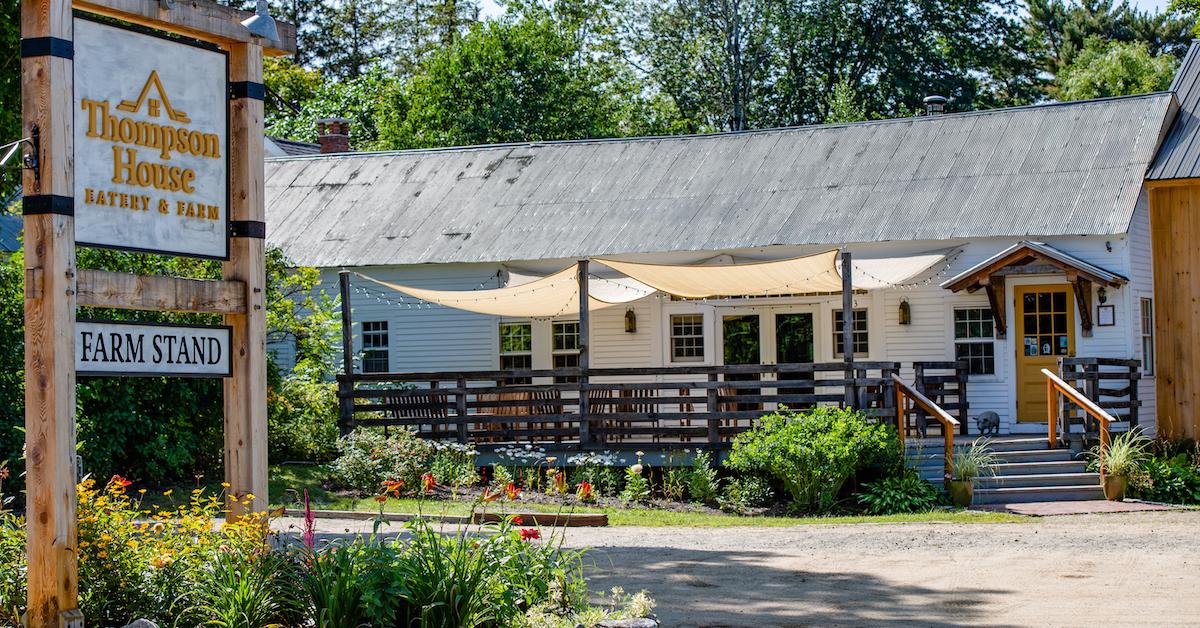
This Farm-to-Table Restaurant Grows Its Produce in Amazing On-Site Greenhouses (Exclusive)
We spoke to the owner of a farm-to-table restaurant in New Hampshire, that grows most of its own produce in amazing on-site greenhouses, sustainably.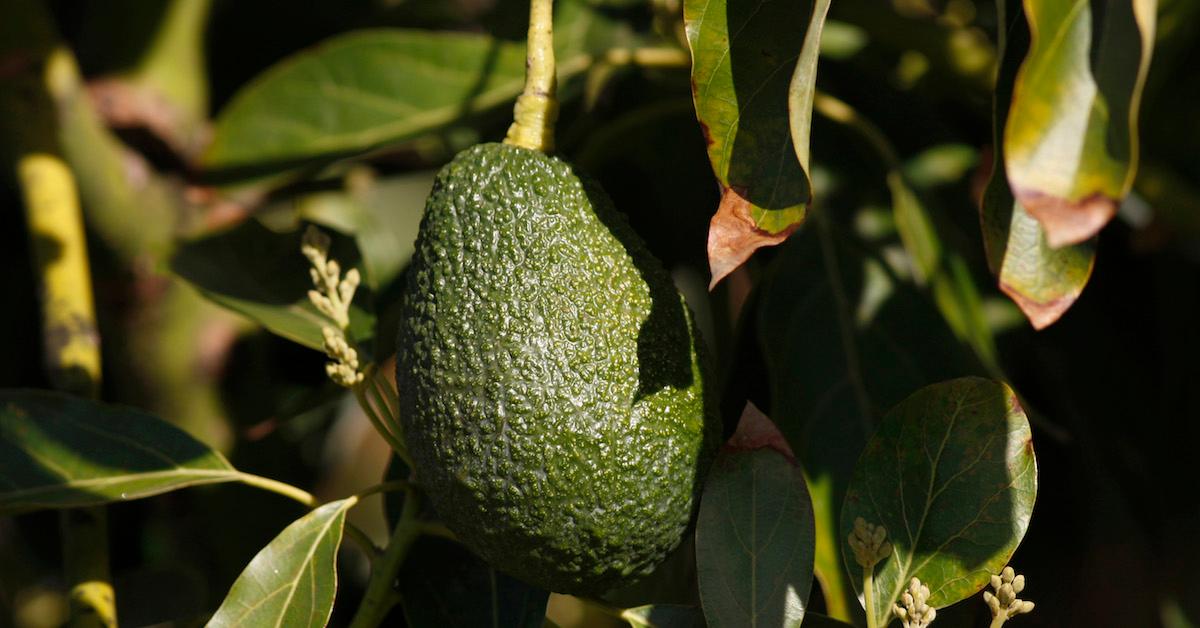
Lean, Mean, but Not so Green: How Avocados Impact the Environment
Avocados are a healthy, delicious superfood, but unfortunately their impact on the environment is less than spectacular.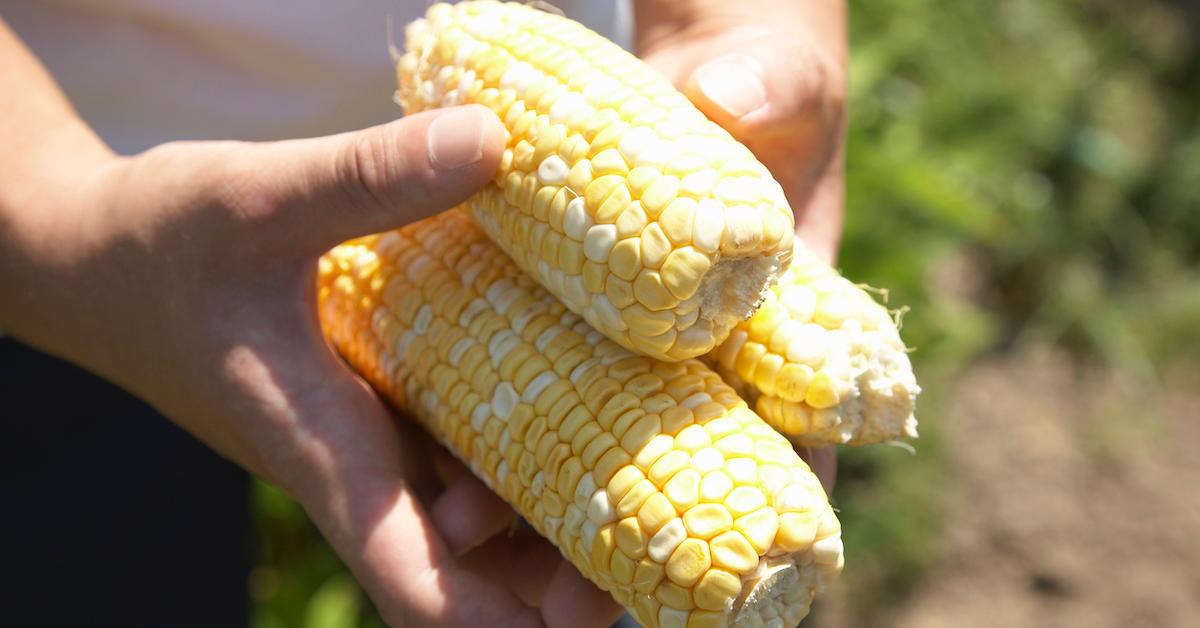
Easy Summer Corn Recipes to Make For Every BBQ
If you love summer corn, you're probably looking forward to the fact it's going to be in season soon! That said, here are our favorite recipes.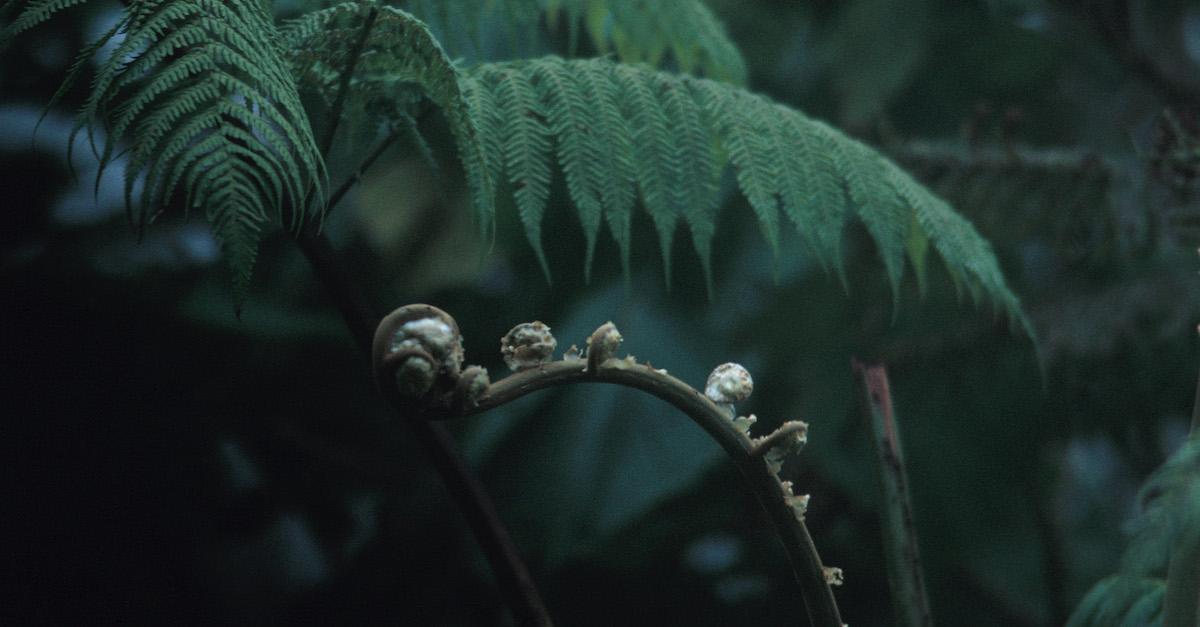
Celebrate Foraged Foods in Honor of FairWild Week
What is Fair Wild Week? From June 21 to June 25, we're celebrating the foraged plants we eat daily, promoting conservation and sustainable harvesting.
Amar'e Stoudemire on the Inspiring Reason Why He Bought a Farm (Exclusive)
NBA star, Amar'e Stoudemire, grew up with parents in the agriculture industry — and now his farm has a stand coming to Union Square Farmers Market.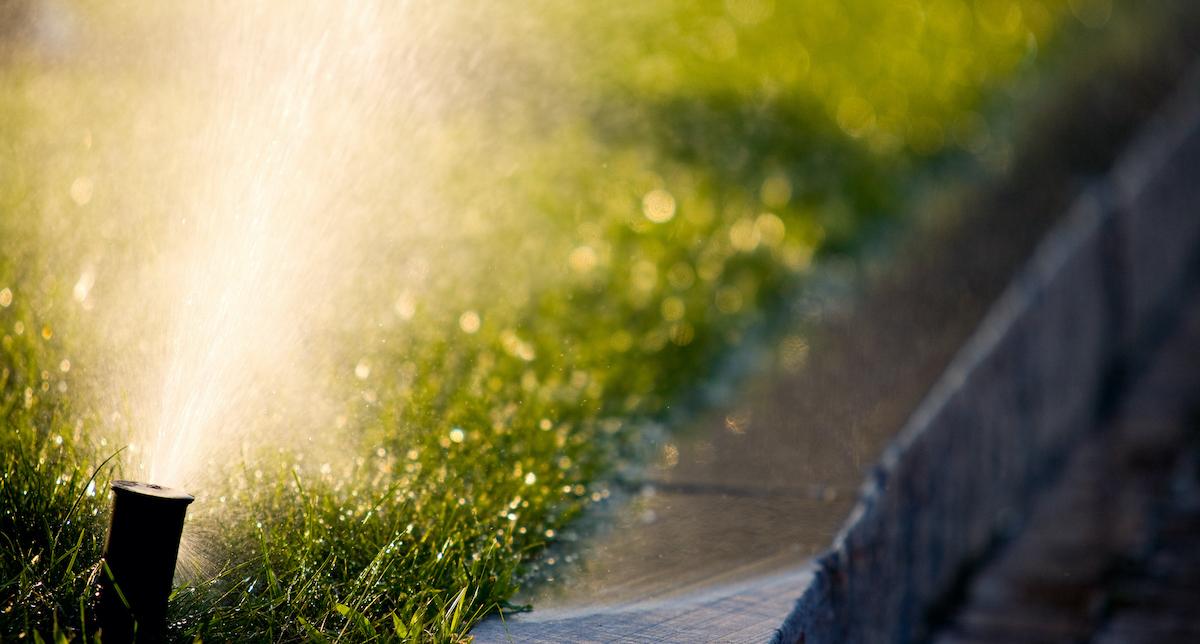
Maintaining Grass Sustainably: How Much Water Your Lawn Really Needs
It's crucial to make sure you aren't over-watering your grass for the sake of your community and the environment — here's how much water it really needs.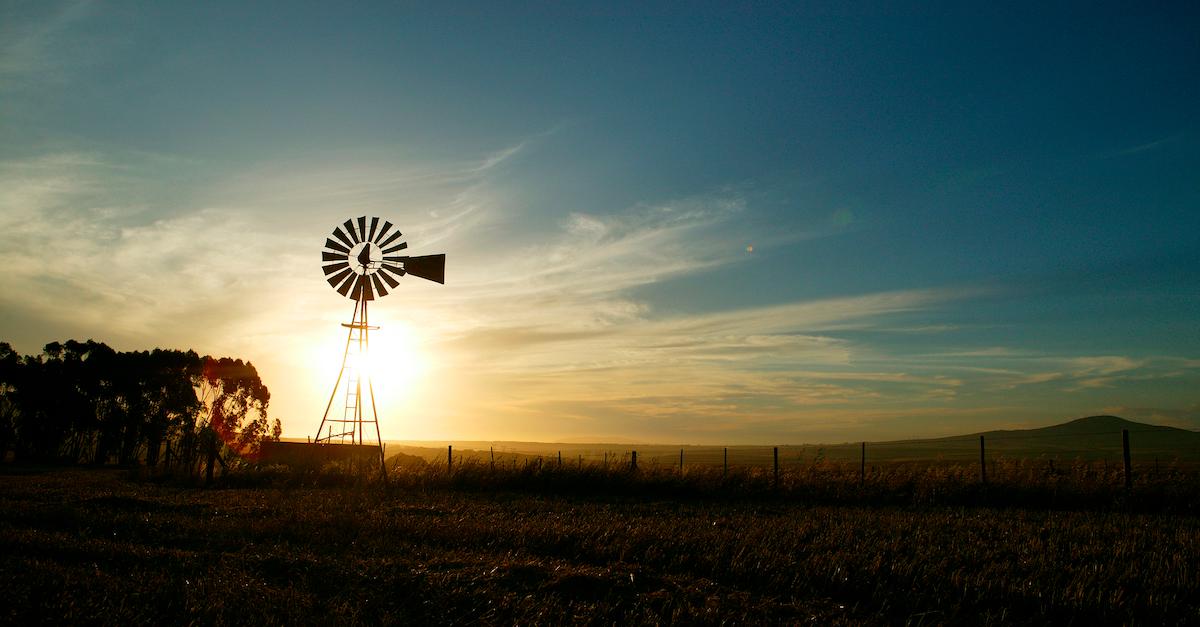
Sustainable Farming Techniques: Do They Really Help?
What is sustainable farming? Can farming truly be sustainable? Here's what you should know about the industry's efforts to lower its impact.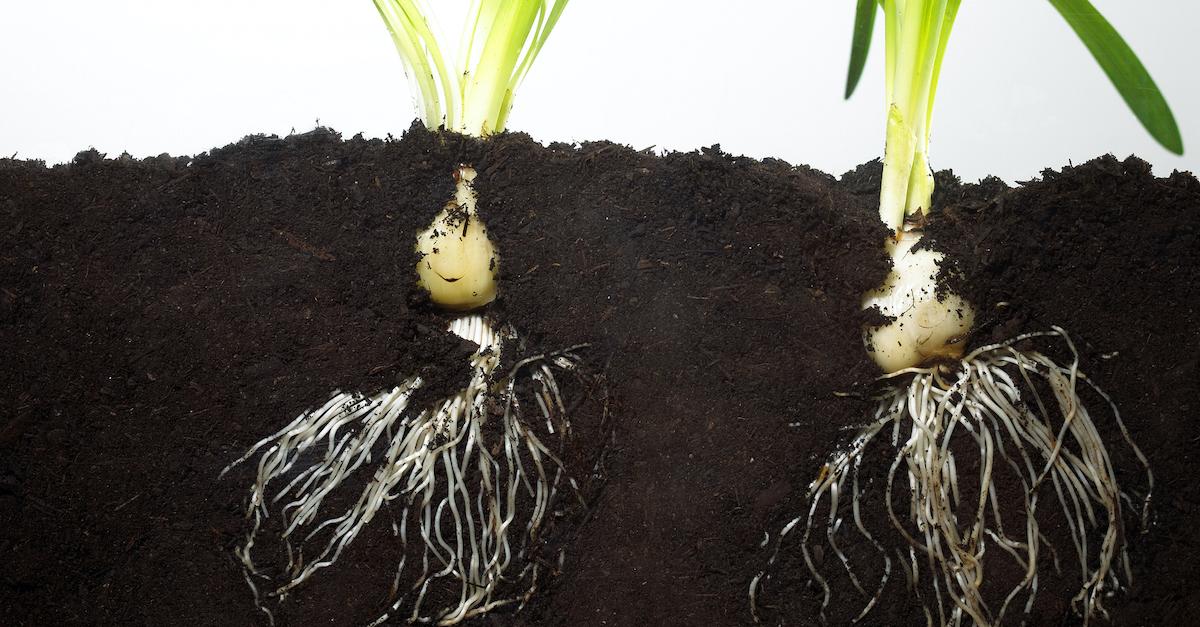
Is There a Difference Between Soil and Dirt? Here's What Experts Say
There are stark differences between dirt and soil, scientists say, and it's absolutely crucial define them for the sake of our environment.
Crack Open a Sustainable Beer, for National Beer Day
April 7 happens to be National Beer Day, and to honor our favorite hoppy drink, we've rounded up a list of our favorite sustainable beers.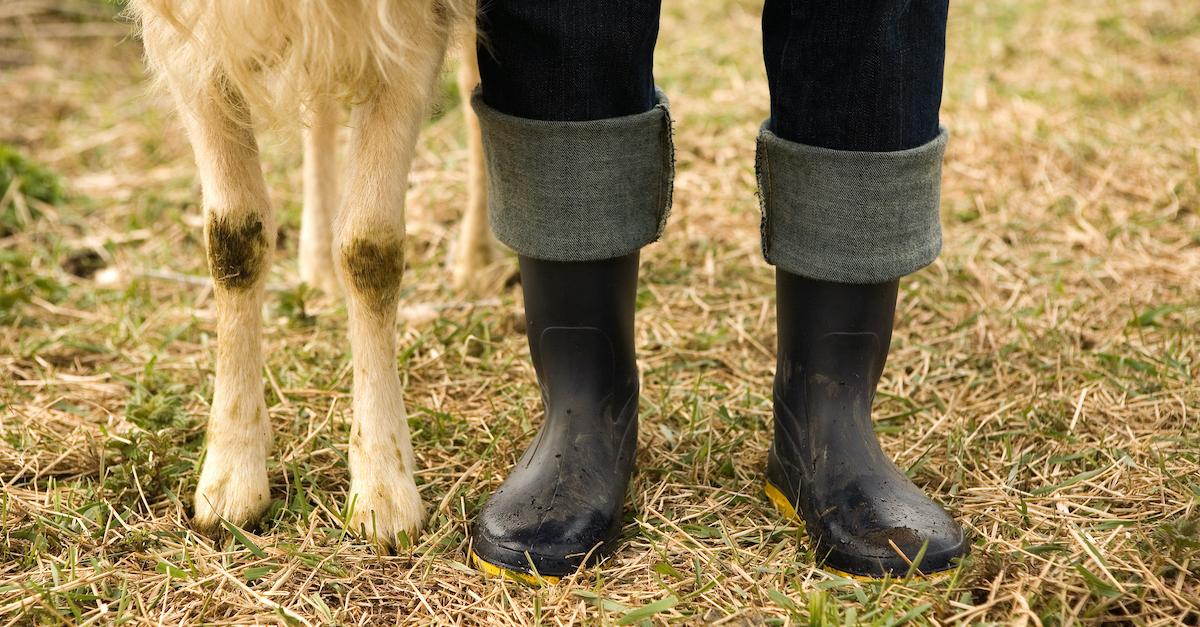
Farm Animals Can Be Self-Sufficient and Sustainable Backyard Gardeners
Some choose to keep farm animals in their backyards as sustainable and self-sufficient backyard gardeners, to fertilize and cut the grass naturally.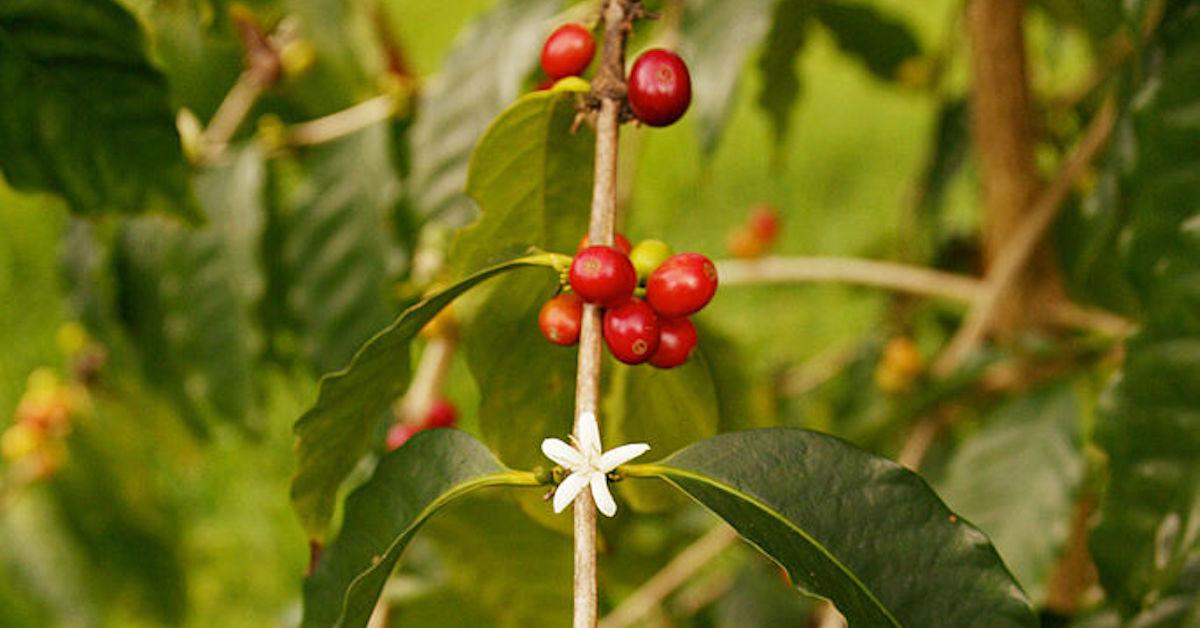
Plant Disease Exacerbated by Climate Change Endangering Hawaii's Kona Coffee
Unfortunately, one of Hawaii's biggest export crops is currently endangered by a rampant plant disease affecting Kona coffee plants statewide.
How AI Technology Is Tackling Food Waste at Ralphs, Kroger, and More (Exclusive)
Food waste is a huge issue at grocery stores nationwide, but Shelf Engine released a new piece of AI technology that helps grocers eliminate that.
What Are the Least Sustainable Foods?
There are thousands of options sitting on the shelf and in the fridge of your local supermarket, but what foods are the least sustainable?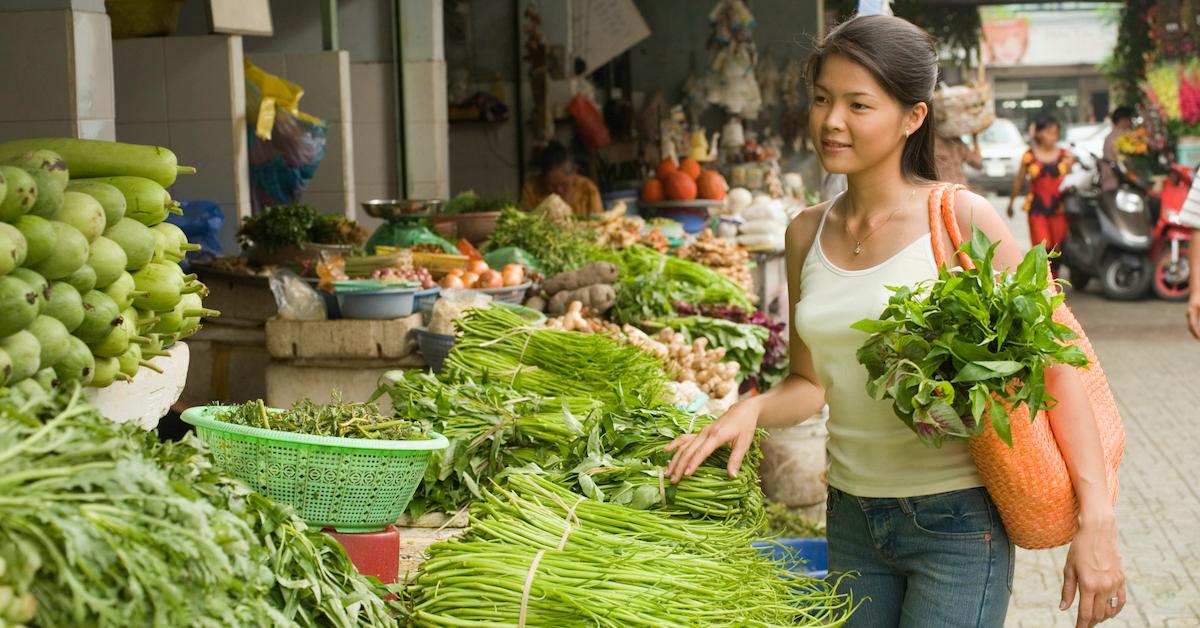
A Few Of Our Favorite Farmers Markets Across the U.S.
Looking for a fun, sustainable, and pandemic-safe outdoor activity? Find a farmers market near you that's bound to provide hours of entertainment.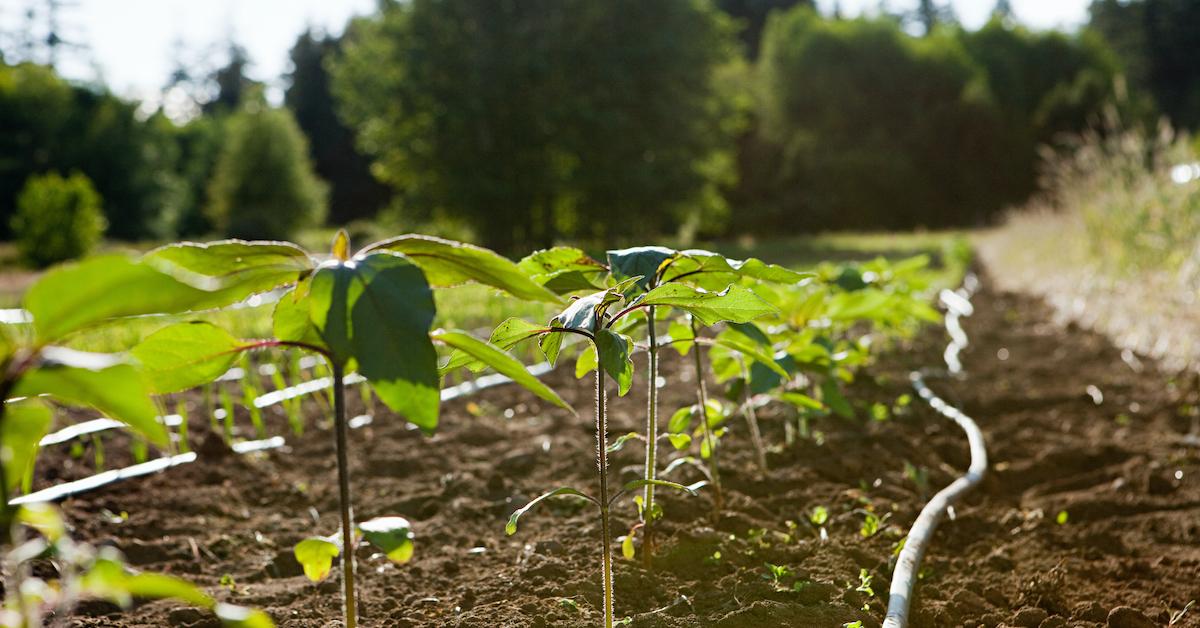
How Regenerative Agriculture Could Revolutionize Farming
What is regenerative agriculture? Scientists believe that focusing on soil health will sequester carbon monoxide, and change farming altogether.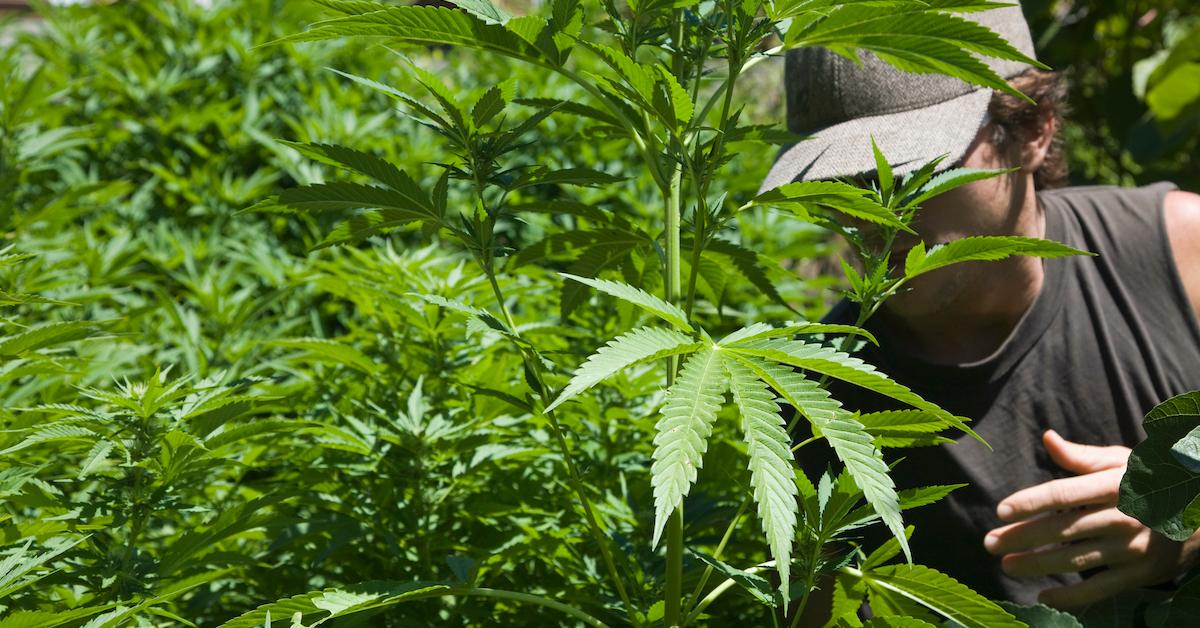
Growing Cannabis Indoors Has a Surprisingly High Impact, Research Shows
What is the agricultural impact of cannabis? A new study shows that growing and cultivating the beloved plants indoors may increase the impact.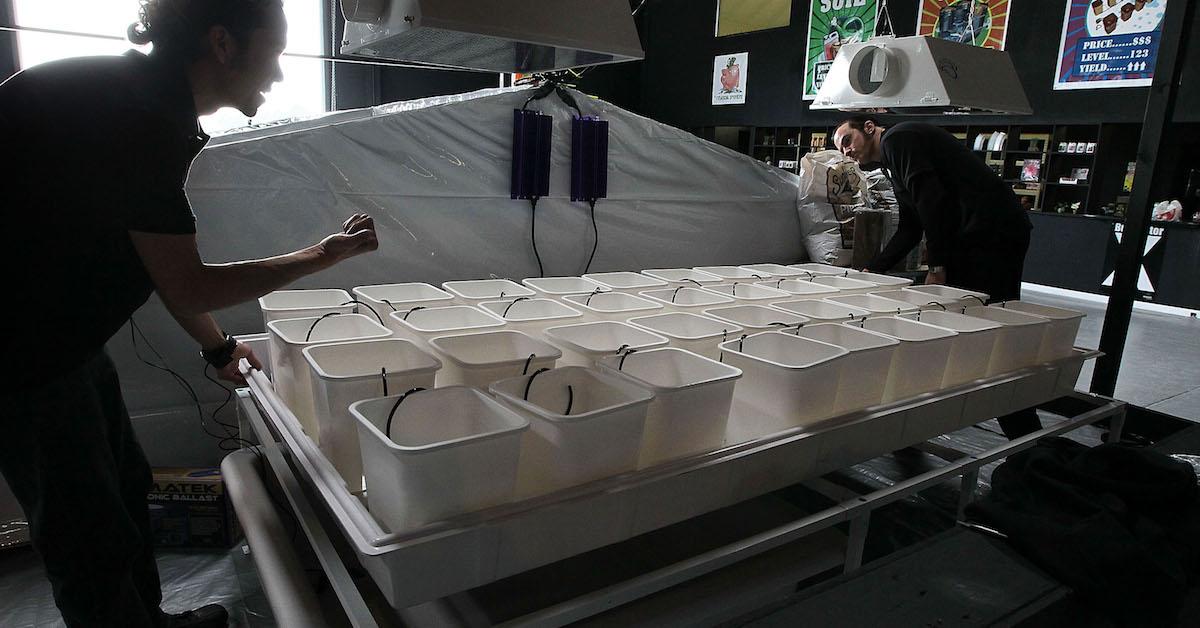
The Beginner's Guide to Hydroponic Gardening
Learning how to start a hydroponic garden begins with understanding the root concepts of this ancient and popular style of gardening.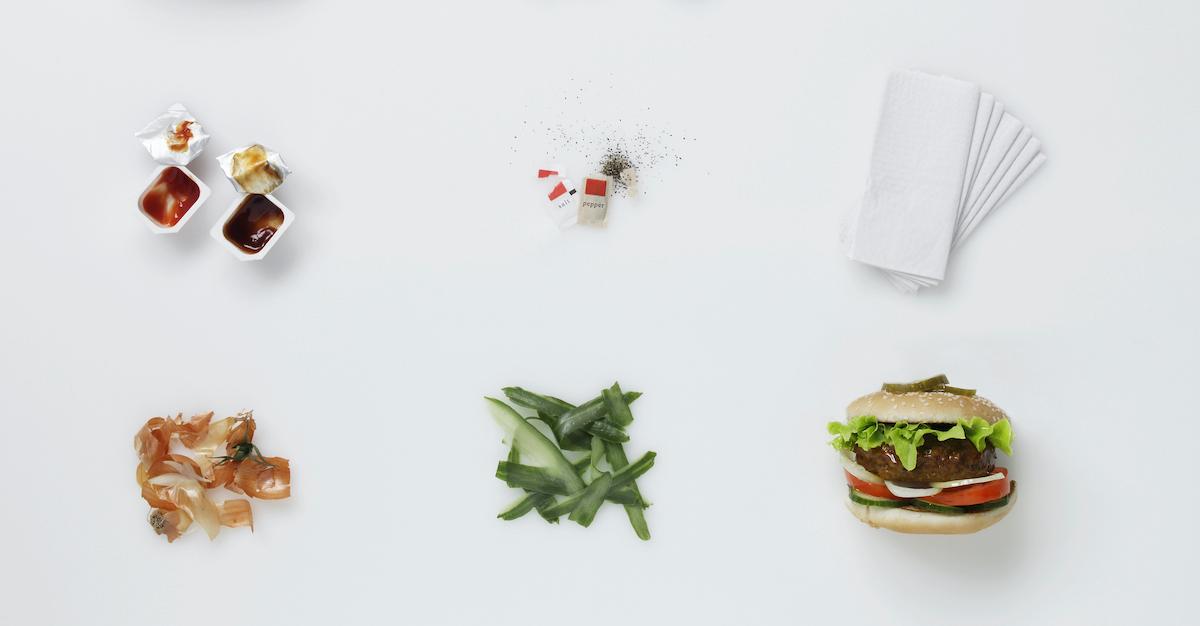
Here's How Much Food Different Countries Waste Every Year
Hunger is a major problem that communities worldwide grapple with regularly, but countries across the globe waste so much food every year.
